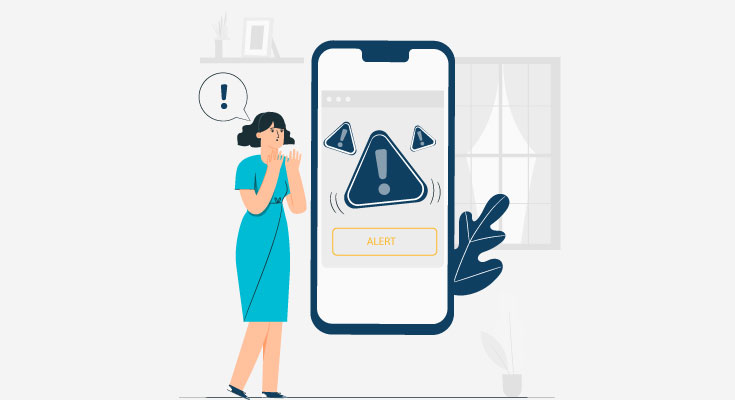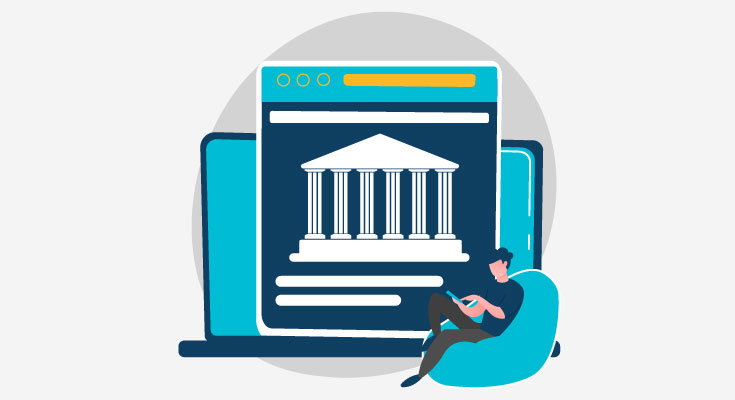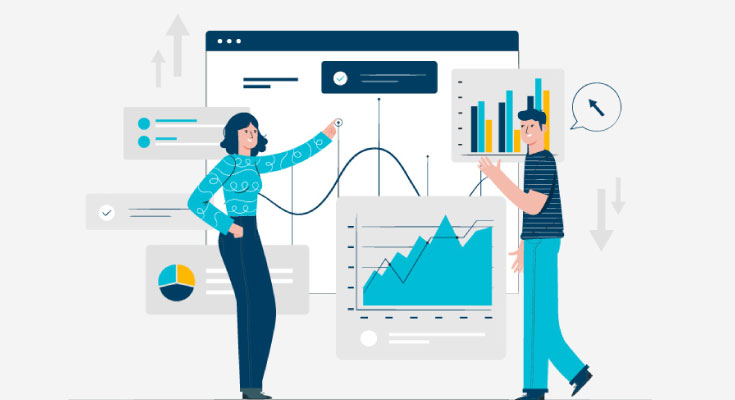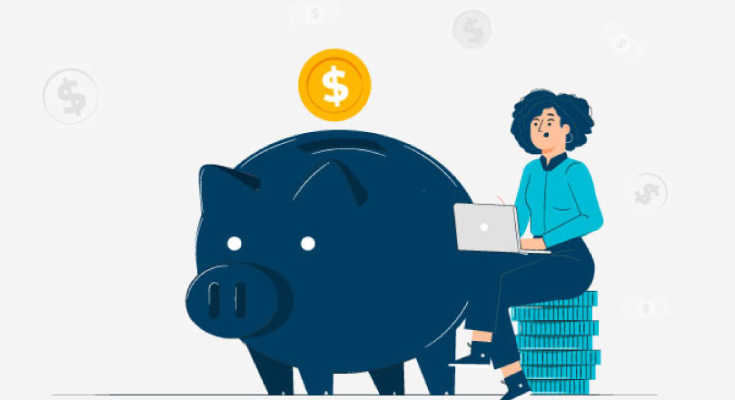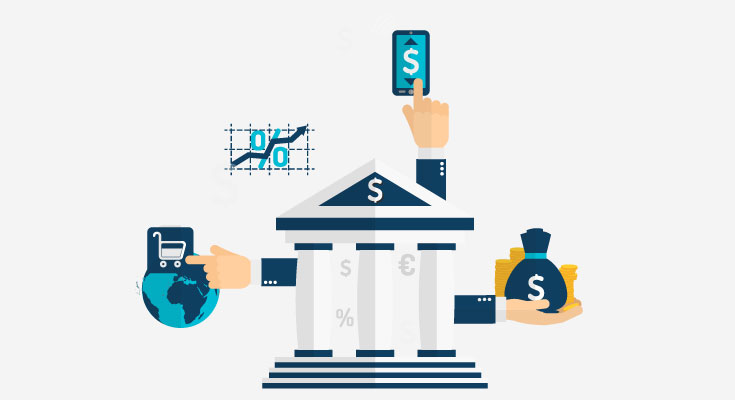In 2022 and after, more than 50% of all financial institutions plan to use AI to detect and prevent fraud. The use of artificial intelligence (AI) to detect and prevent fraud is not new. But, the fight has just gotten tougher as fraudsters have derived new methods to combat AI methods.
Especially after the Covid-19 pandemic fraud has become more sophisticated. So it makes sense that financial institutions would want effective AI solutions to detect and prevent fraud.
According to some data, the demand for AI seems more simple than ever:
- More than 50% of financial institutions’ respondents plan to roll out AI solutions to tackle new cases of fraud.
- Almost a third of financial institutions plan to invest in newer AI technologies to prevent fraud.
Banking institutions are aware of the downsides of not investing in AI capabilities. Fraud numbers hit an all-time high in 2020, and manual verification methods aren’t enough to combat new types of fraud.
Trying to uncover new types of fraud without using some AI is a heavy burden for analysts. Not just that, but human errors and rule-specific approaches can lead to a higher number of false positives. This leads to a negative impact on the customer journey.
Machine Learning in Banking Fraud Detection
Artificial technologies run on machine learning technologies. Machine learning algorithms are incredibly effective against fraud.
When implemented successfully, machine learning helps in detecting fraud, and uncovering complex financial crimes. They protect businesses from fraud losses and let businesses provide a frictionless experience to legit customers.
If you’re wondering how machine learning algorithms detect fraud, you’re not alone. Machine learning is a teachable system that can automate both front and back-office processes.
Instead of OS, or unchanging protocols, AI can learn from its experiences and evolve according to the situation. Machine learning systems also consider past transactions and also apply these rules to future transactions.
The more data these systems go through, the more efficient they become in uncovering fraud. AI systems become familiar with techniques used by fraudsters to crack FIs systems.
Investing in AI software, and machine learning technologies can be a great option for fraud detection and prevention.
Predictive Analysis for Banking Fraud Detection
Before machine learning technologies, there were predictive analysis technologies. While machine learning solutions are more flexible, and have more freedom, predictive analysis still has a firm place in the industry.
Unlike machine learning technologies, in which algorithms are asked to process supplied data without rules and regulations, predictive analysis finds patterns and behaviors.
This is helpful when it comes to going through large sets of data to predict behaviors. Any activity outside of the predictive behaviors is likely to be considered a red flag. The predictive analysis relies on analyzing behaviors in the past and then converting them into fraud prevention methods today.
Next Steps in Automating Fraud Detecting
Automating fraud detection and prevention is a major challenge. With the focus on including AI in the financial industry, fraud prevention can be increased. Instead of using historical data, predictive analysis prevents fraud from happening.
While AI is not a sure-shot method of fraud prevention, when combined with instant document verification, human elements, it can lead to complete fraud detection. Over time, the inclusion of AI in the financial industry has become a vital part of the strategy.
